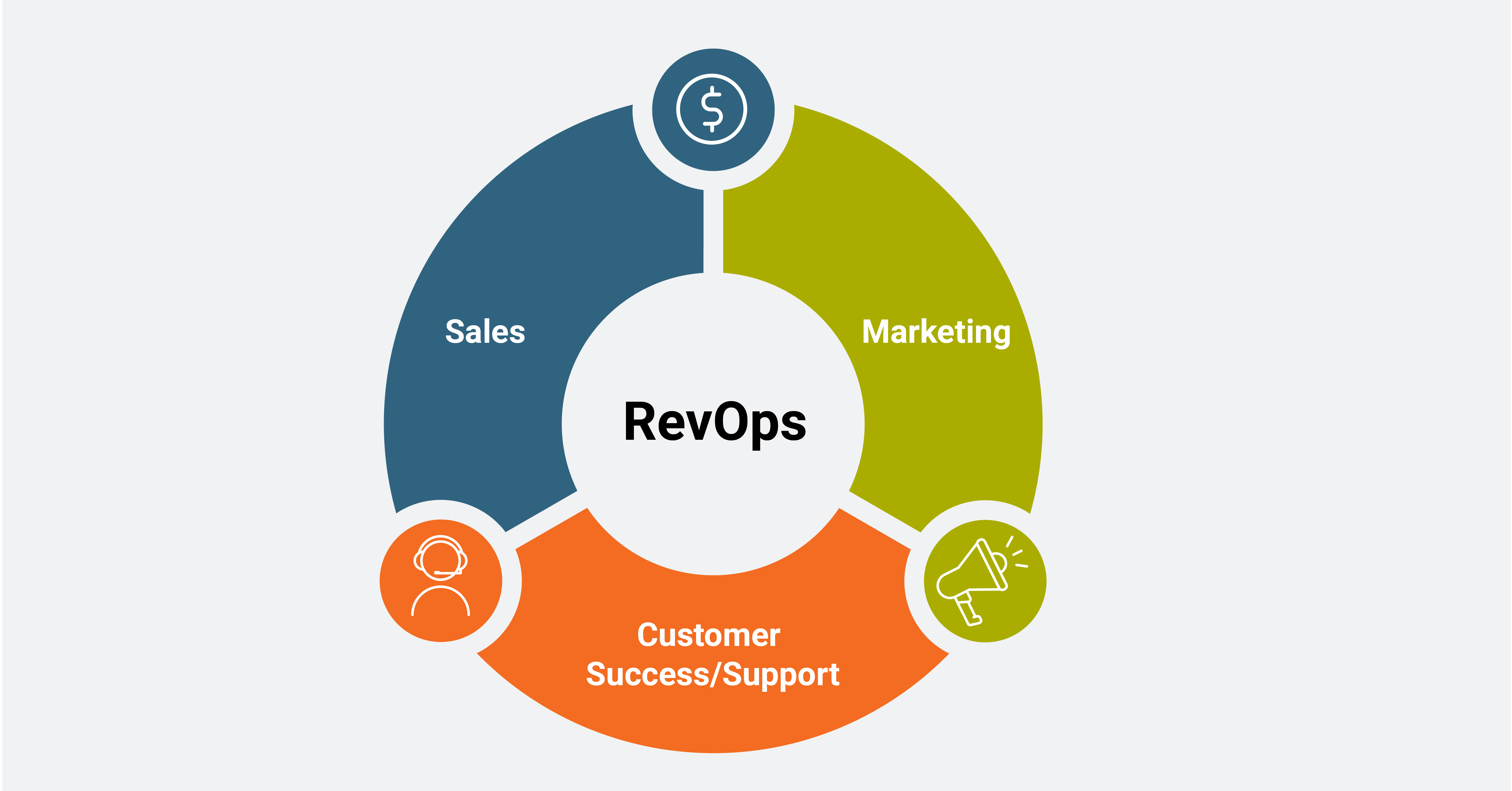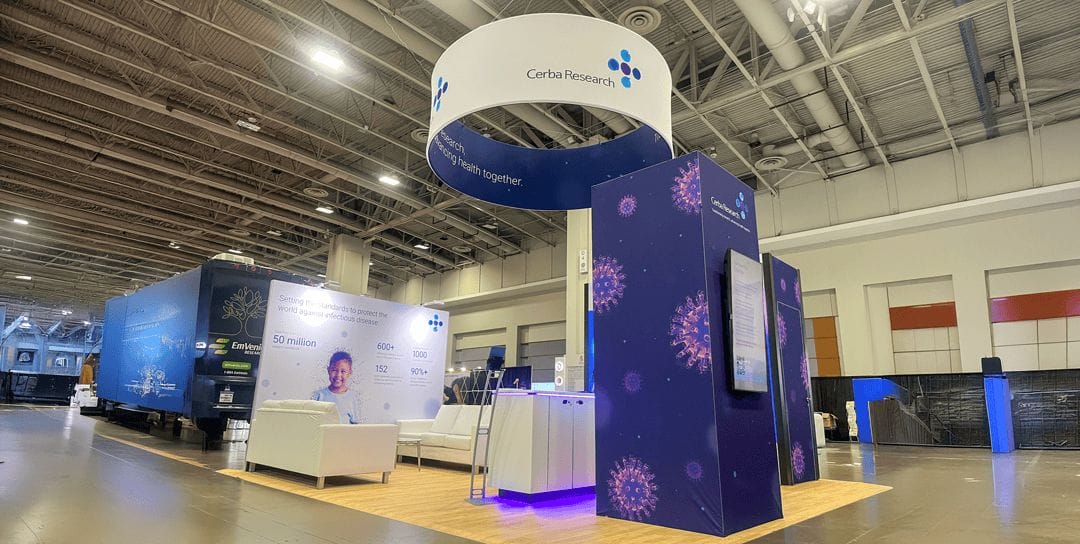As economies roar back, as consumers shift from debit toward credit again, greenfield opportunities exist for all types of lenders to meet pent up demand for auto loans, mortgages and beyond.
It’s an opportunity for middle-market financial institutions (FIs) to create new revenue streams at a time when they are sandwiched between their exponentially larger, marquee-name brethren (such as J.P. Morgan) and small nimble FinTechs that are less burdened with legacy infrastructure and paper-based processes.
MeridianLink CEO Nicolaas Vlok, whose company made its initial public offering (IPO) trading debut July 28, told Karen Webster Wednesday that its cloud-based software and online platforms was built to help those middle-market community banks and credit unions (CUs) with assets between $100 million and $10 billion “punch above their weight” in consumer lending. In its S-1 filing with the Securities and Exchange Commission (SEC), the company made note of more than 200,000 active system users, 1,900 FI clients and 63 CU clients.
Instead of simply automating the lending process and workflow for these banks, Vlok said that MeridanLink’s platform integrates multiple sources of data into those workflows to support better and more accurate credit decisioning.
He said mid-market FIs, specifically CUs and community banks, have challenges ahead as they jockey with those peers for wallet share for several reasons.
First, and most obvious, is because they may not be meeting their customers where they want to be met, which is digital first. It’s no secret that the great digital shift has firmly entrenched consumers — especially younger ones — in mobile channels as they conduct daily financial life. PYMNTS research shows that three quarters of bank consumers intend to keep most of the online habits they embraced during the pandemic in place. When it comes to completing a lending application online, Vlok said that the experience can be anything but user friendly.
Second is a lack of data to enrich the underwriting process so that these banks have more and better data with which to underwrite the risk. With more and better data, mid-market banks can extend credit to more borrowers without assuming undue risk.
Third is the inability to get “wallet level” data for the customers within their own financial ecosystem, forcing these banks to capture the same information repeatedly for those customers who may inquire about different lending products. Without that wallet view, banks also miss the opportunity to offer personal loans to consumers that could potentially save them money on loan payments.
MeridianLink’s platform provides the “omnichannel and digital access points that consumers expect,” with lending that is streamlined, automated, with cross checks and data flows across a variety of sources and data verification partners. Vlok said the platform’s decisioning engine eliminates the step-by-step approvals that typically have accompanied an applicant’s file as it moves through (paper and digital) channels.
Multiple Touch Points, Streamlined Decisioning
Vlok said MeridanLink’s end-to-end loan origination platform gives banks a flexible, streamlined way to review and approve a variety of consumer lending applications. With automated loan decisioning at the center of that model, mid-market FIs will be able to “lower the cost of capital for millions of people out there, and give them access to better rates.”
In an example he cited, an applicant with a high FICO score of 780 to 800 would see the online workflow for their loan application move swiftly, including electronic document signing and near-instant approval. Numbers are auto-populated, as are data flows from employment verification providers and credit reporting agencies and the Kelley Blue Book. Those situations, he acknowledged, are not that complicated.
Where it does become more complex and therefore potentially riskier is when applicants are a more credit score challenged where data is key to making those decisions.
“Someone with blemishes on their credit score might need more handholding and might get moved to a queue” with bank representatives and human interaction involved, he said.
Vlok said the MeridanLink platform was engineered with these applicants in mind, where a combination of automated workflows and rich data sources can improve the chances that more borrowers can be approved. In many cases, FI clients may start with a few “modules” on the platform — account openings or complete online credit card processing capabilities — and then expand to other offerings, such as auto loans
“We make the investment to take them digital,” he said. “All they need to do is pretty much run their business on our platform.”
Recent MeridianLink acquisitions in the data analytics space will help banks and CUs better understand their customer bases and fine tune their go-to-market strategies, being more proactive than reactive and creating a more personalized and relevant customer experience.
A bank with an end-to-end view of customer data across those once disparate business silos would be able to prompt customers that they have three months remaining on an existing car loan and offer a preapproval amount on a new car loan. The preapproval would be available via their mobile app to take into a car dealer, streamlining the process of getting that new car should that be the consumer’s preference.
The goal is for consumer lending to become democratized within a self-contained ecosystem inside of these smaller FIs, which lack the infrastructure and capabilities to go it alone, Vlok explained.




